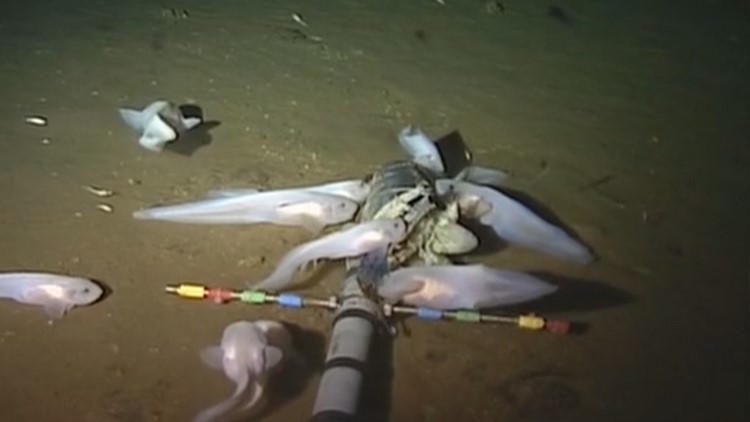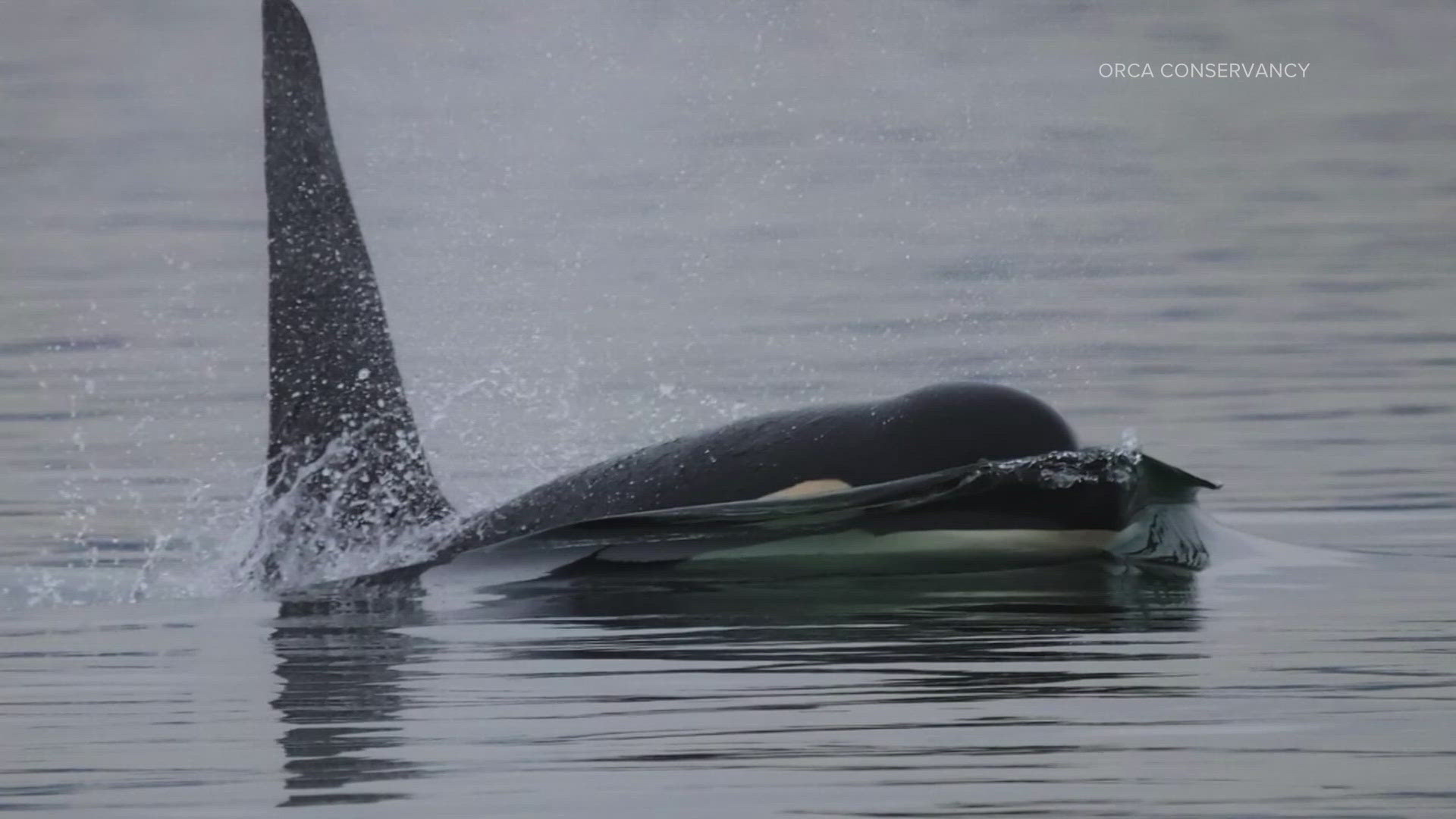University of Washington researchers have helped discover a new species of fish, which live almost as deep as Mount Everest is high.
The new fish is named for the place it lives, in the deepest place on earth, the Mariana Trench in the western Pacific Ocean.
The Mariana snailfish, or Pseudoliparis swirei, can survive and thrive under some 15,000 pounds per square inch of pressure.
“We like to use the analogy of an elephant standing on top of your thumb,” said postdoctoral researcher MacKenzie Gerringer at the University of Washington’s Friday Harbor laboratory, which is also equipped to CT scan fish.
Gerringer, who is the lead author of a paper just published in the journal Zootaxa, said the fish can survive because they have no air-filled swim bladder, like most fish species.
“They don’t have any air spaces,” said Gerringer.
She also said the cellular structure of the fish depends on special proteins that allow those cells to function under great pressure.
The new species was first noticed during research trips in 2014. They were found living inside the trench along the sides from 22,600 feet to 26,686 feet down.
The fish are believed to be widespread, living within the trench, feeding on crustaceans and other invertebrate marine life. One photo from the CT scan shows a crustacean inside the fish. Gerringer said the discovery was a surprise as it was believed that no fish could live at such depths inside the trench.
The fish have no scales, and the skin is translucent. Major organs such as the liver can be seen through it.
The fish is named after the sailor who helped discover the Mariana Trench during an expedition in 1875, Herber Swire aboard the HMS Challenger.
“We think about the age of exploration as a thing gone by,” said Gerringer. “There’s so much more out there.”
Study of the fish couples with research on other organisms that live in extreme ocean environments which are deep, very hot, or very cold. Research into these so called “extremophiles” can also help astrobiologists identify planets outside of our own solar systems, which might be able to support life under tough circumstances.



